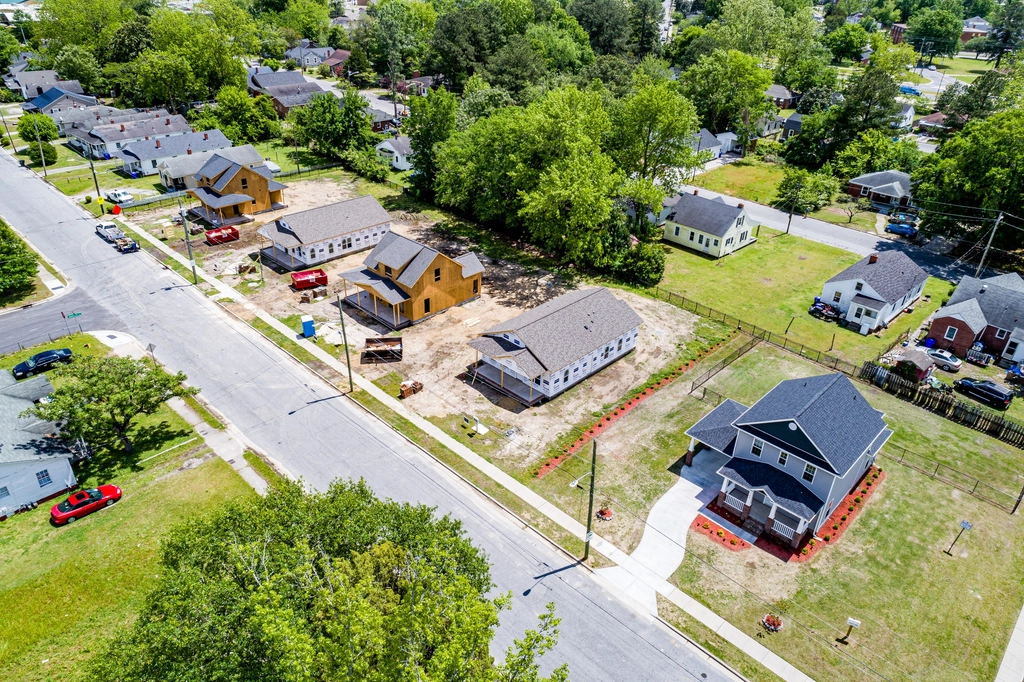The Vanished Village of Rawsonville

Picture this: somewhere beneath the shimmering surface of Belleville Lake, between Ann Arbor and Detroit, lies an entire 19th-century town completely frozen in time. There’s an old city under Belleville Lake in Michigan, and this eerie underwater ghost town is a hidden gem of the strangest sort. Most people drive past every day without knowing that beneath their feet lies one of Michigan’s most fascinating secrets.
Rawsonville, Michigan is underwater, but it wasn’t always. During the Civil War era, the village of Rawsonville (located near modern-day Ypsilanti Charter Township) was like many typical Michigan towns. There’s little more than a marker in front of a McDonald’s to signify this historic Civil War-era village, but Rawsonville was once a thriving spot in Southeast Michigan and deserves its place among Michigan’s many fascinating ghost towns.
The Founding and Rise of Snow’s Landing
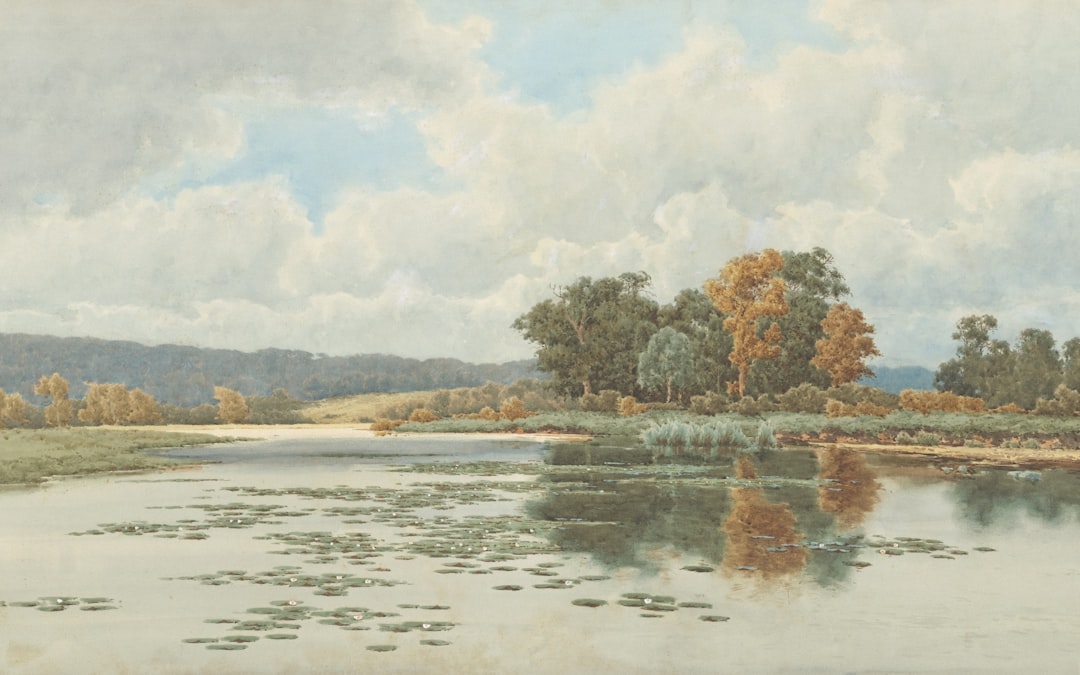
On September 13, 1823, the first land patent in Van Buren Township was given to Henry Snow for this site, which was soon known as Snow’s Landing. This wasn’t just some random settlement – it was strategically positioned along the Huron River, making it a natural hub for commerce and transportation in southeastern Michigan.
Called Rawsonville by 1838, the community reached its peak around the time of the Civil War. The name change reflected the town’s growing importance and identity, transforming from a simple landing into a proper village. By the mid-1800s, what started as Henry Snow’s modest river landing had become a bustling community that rivaled other towns in the region.
A Thriving Civil War Era Community
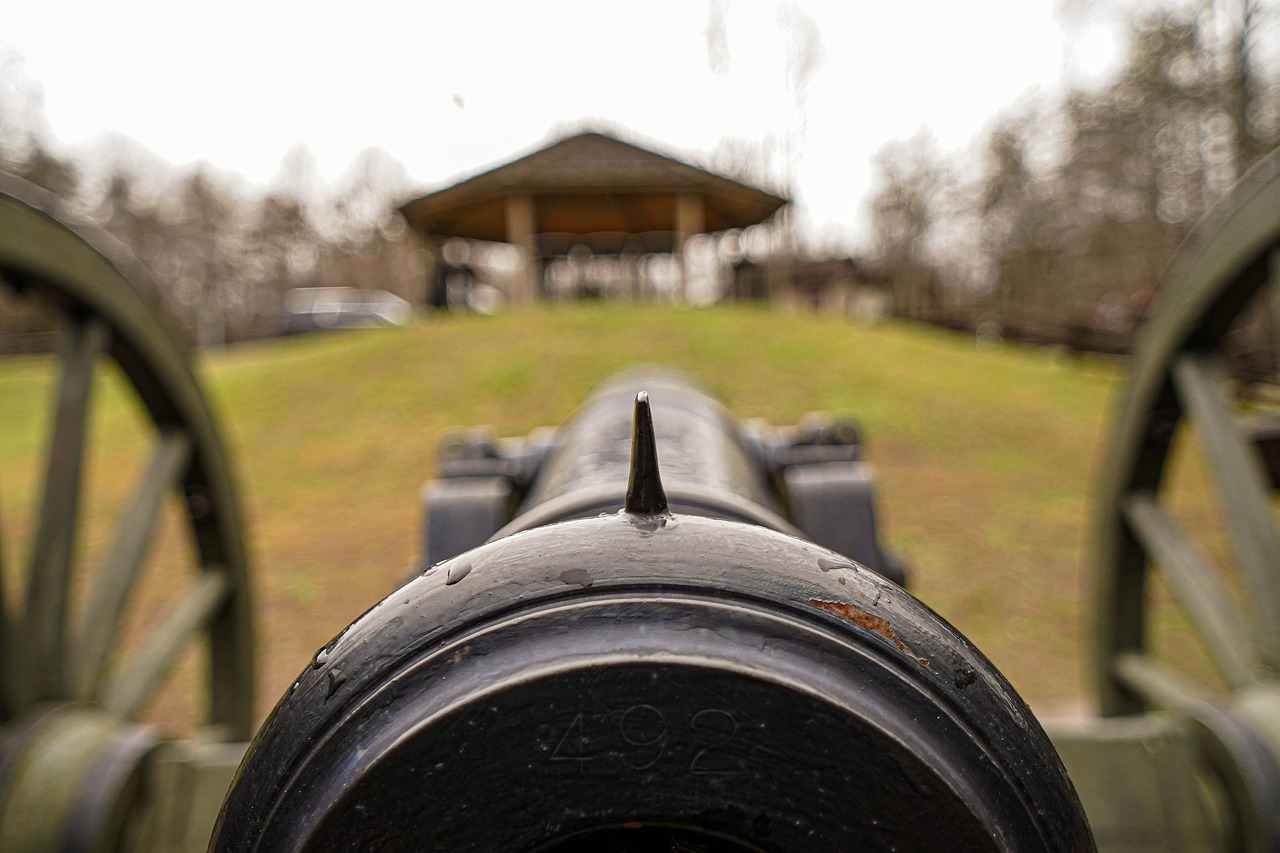
It then boasted sawmills, gristmill, two cooper shops, a stove factory, several drygoods and general stores, a wagon maker and three saloons. This wasn’t your typical frontier outpost – Rawsonville had evolved into a sophisticated industrial center that could provide virtually everything its residents needed.
The three saloons alone tell you something about the community’s social life and prosperity. These weren’t just drinking establishments but social centers where business deals were made, news was shared, and community decisions were discussed. The presence of specialized craftsmen like coopers (barrel makers) and wagon makers shows how the town had developed beyond basic survival needs to support skilled trades and manufacturing.
The Transportation Revolution That Left Rawsonville Behind
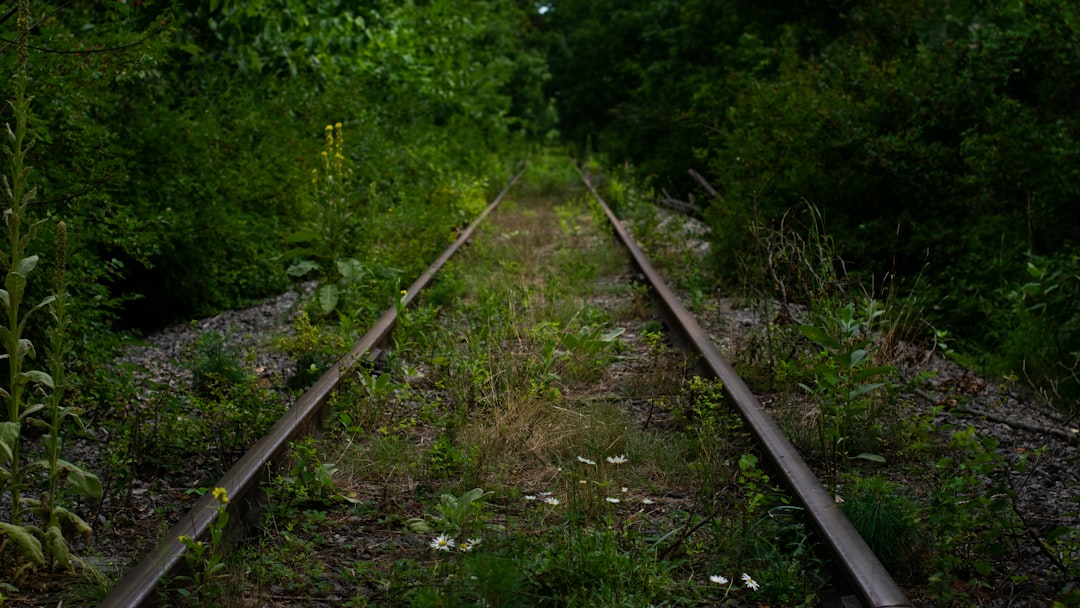
Rawsonville’s failure to attract railroad service led to its decline. This single sentence captures one of the most dramatic economic shifts in American history – the transition from river-based transportation to rail networks. While other towns successfully courted railroad companies, Rawsonville found itself increasingly isolated from the new transportation arteries that were reshaping commerce.
By the 1880s many of its businesses and mills had closed and its residents were moving away. What had once been a thriving industrial center became increasingly quiet as families packed up and relocated to towns with better transportation connections. The very river that had made Rawsonville prosperous was no longer enough to sustain a modern community.
The Final Submersion in 1925
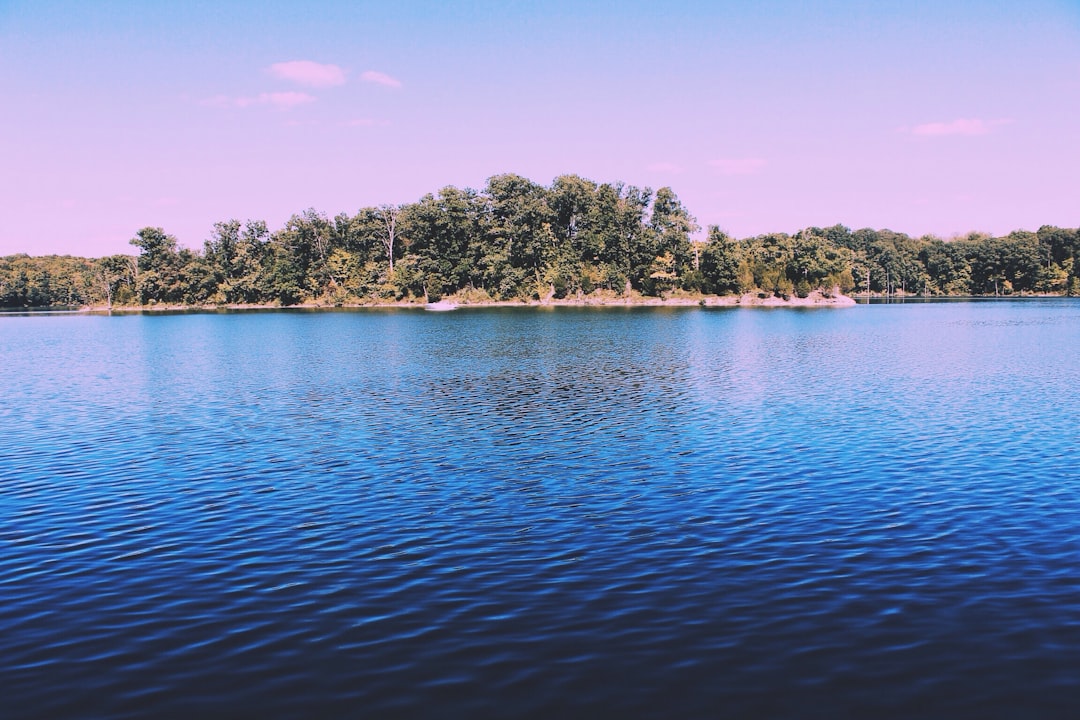
In 1925, the Detroit Edison company began constructing the French Landing hydroelectric dam on the Huron River and, just like that, the once-thriving village of Rawsonville was completely submerged, and landed at its final underwater resting place. This wasn’t gradual flooding – it was a deliberate engineering decision that sealed the town’s fate forever.
Belleville Lake may be a lake by name, but it’s actually an artificial reservoir created in 1925 when the French Landing Dam and Powerhouse was created along the Huron River. The creation of the dam and the resulting reservoir flooded Rawsonville and its remaining structures. In the name of progress and electricity generation, an entire community’s history was literally buried beneath the waters.
What Actually Lies Beneath the Lake
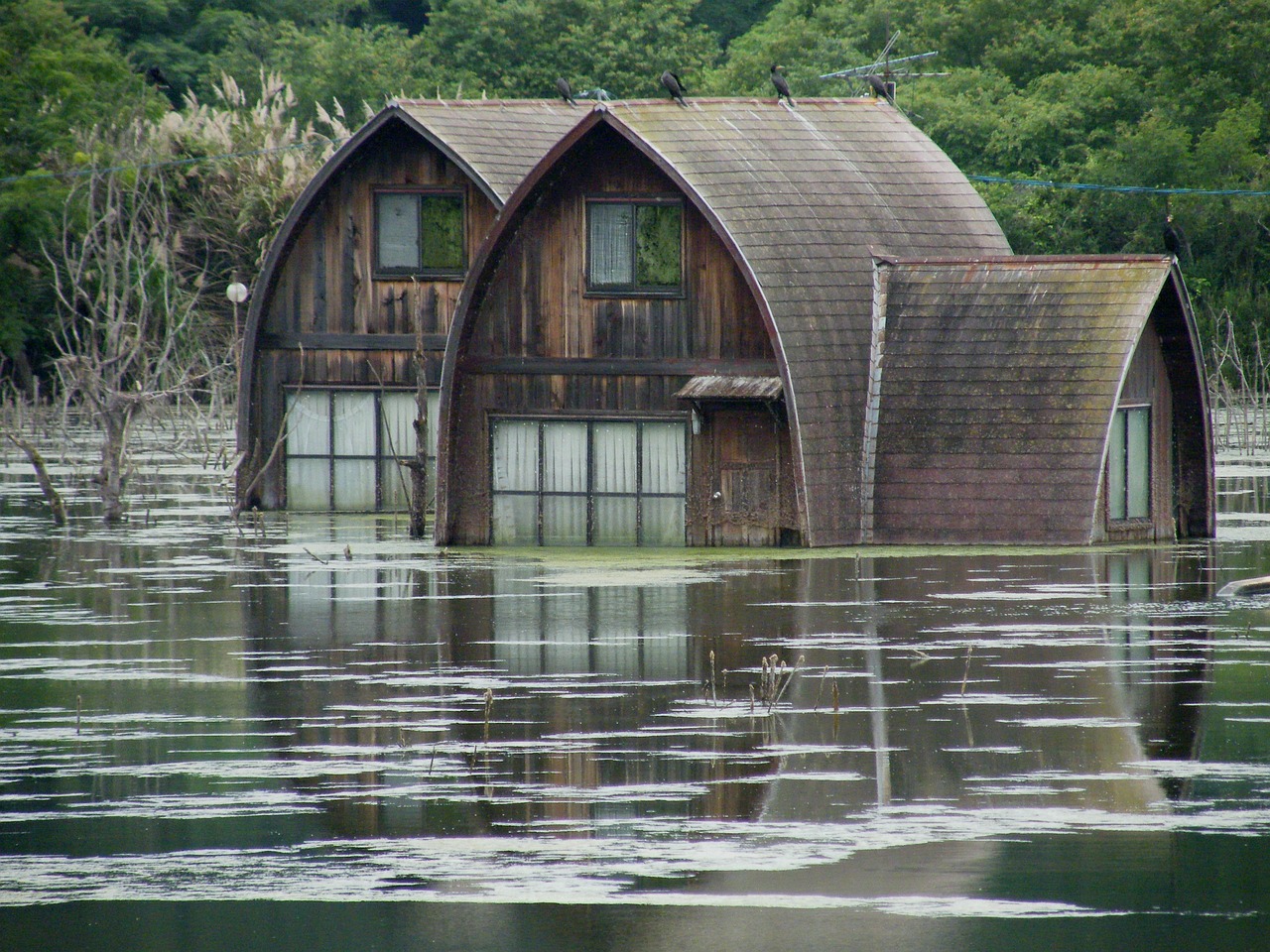
What remains of the village now sits under the surface of Belleville Lake, and is commemorated by little more than a historical marker. But here’s where things get interesting – there’s actually some debate about what exactly is down there. Some have argued that, because of Belleville Lake’s location on the east side of Rawsonville, only some of the town may have been lost to the lake, and what sits on the lake bottom now is sand and silt, not buildings or a network of roads.
This uncertainty adds to the mystery. Nearly a century of sediment has likely covered whatever structures remained when the waters rose. Whether you’re looking at actual building foundations or just the ghost outlines of where a community once stood, the lake definitely holds the remnants of Rawsonville’s past.
The Lonely McDonald’s Historical Marker

After being lost to the lake depths, Rawsonville’s legacy was celebrated in October 1983, when the community was designated a Michigan State Historic Site. The historic marker can be found in front of a McDonald’s on Rawsonville Road, across from South Grove Street. There’s something profoundly American about this – a historical marker commemorating a lost town sitting in front of golden arches.
The historical marker in front of the Golden Arches reads: the complete story of Rawsonville’s rise and fall. It’s one of those ironic moments where fast food and history intersect, creating an unexpectedly poignant reminder of how landscapes and communities change over time.
Michigan’s Underwater Preserve System
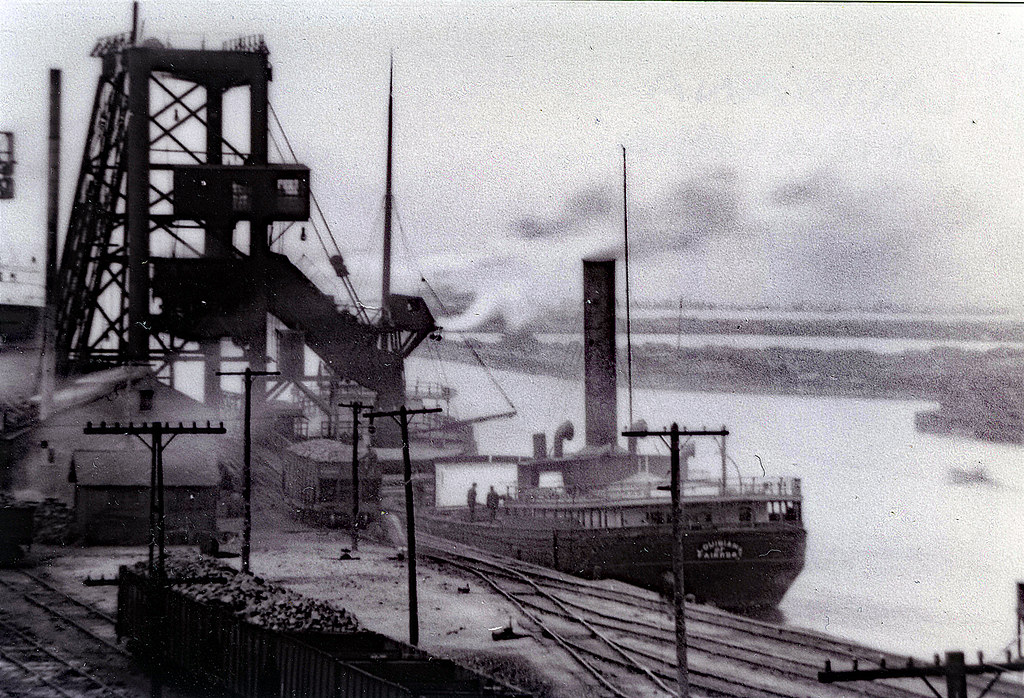
While Rawsonville represents a sunken town, Michigan’s waters hold far more underwater treasures. There are an estimated 6,000 sunken ships across all the Great Lakes with about 1,500 Michigan shipwrecks located in Michigan waters. This staggering number makes Michigan’s waters one of the world’s largest underwater museums.
The 14 designated preserves include Alger, DeTour Passage, Grand Traverse Bay, Isle Royale, Keweenaw, Manitou Passage, Marquette, Sanilac, Southwest Michigan, Straits of Mackinac, Thumb Area, Thunder Bay, West Michigan and Whitefish Point. The underwater preserves were established in 1980. These preserves protect not just shipwrecks but entire underwater landscapes that tell the story of Great Lakes maritime history.
Thunder Bay: The Crown Jewel of Underwater Preserves
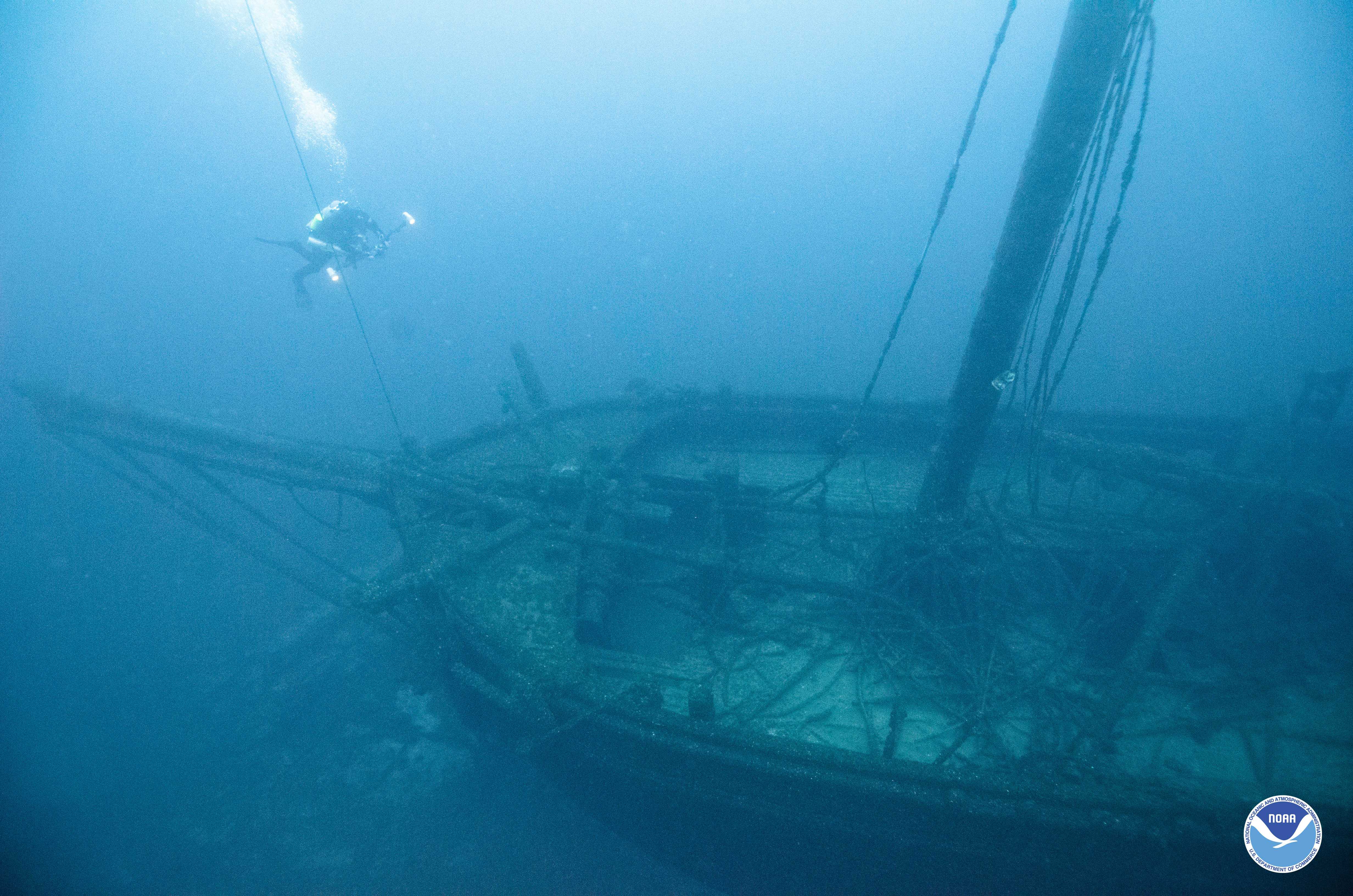
Thunder Bay National Marine Sanctuary protects a nationally significant collection of nearly 100 historic shipwrecks in Lake Huron off the Michigan coast. In 2014 it was expanded to 4,300 square miles. This makes it larger than the states of Connecticut and Rhode Island combined.
Lake Huron has over 1,000 shipwrecks. Within the sanctuary alone, 160 shipwrecks have been identified, cataloged, and marked, offering a unique glimpse into the region’s maritime past. This place has over 100 shipwrecks dating from 1842 to 1966, plus many more they haven’t even found yet. Every year brings new discoveries in these cold, clear waters.
The Science Behind Underwater Preservation
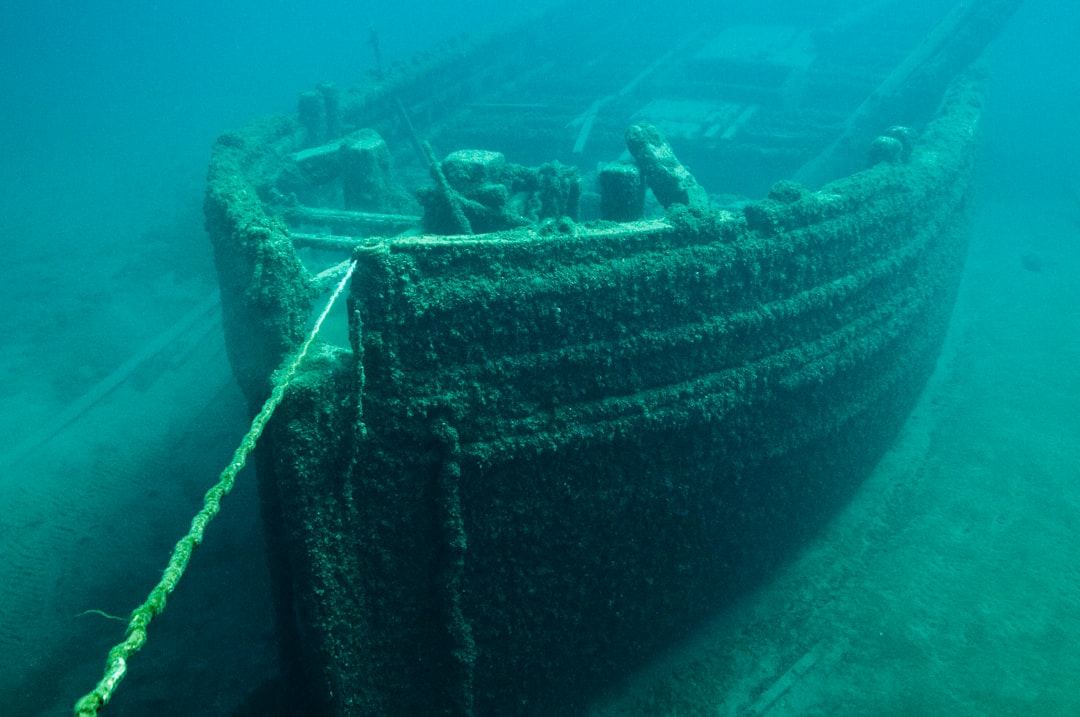
The cold, freshwater environment of Lake Huron plays a crucial role in this preservation, slowing the decay that saltwater would hasten. As a result, the sanctuary’s shipwrecks are remarkably well-preserved, some even retaining their original structures for over a century. This natural refrigeration effect is what makes Great Lakes shipwrecks so spectacular compared to their ocean counterparts.
Lake Huron’s freshwater doesn’t have the corrosion or biological activity that eats away at ocean wrecks, so these ships stay remarkably intact. When you dive here, you’ll see wooden structures, metal parts, and artifacts that look almost like they sank yesterday, not centuries ago. Some wrecks still have their ship bells, wooden wheels, and even personal items like binoculars and clothing right where sailors left them.
Exploring Michigan’s Underwater Ghost Towns Today
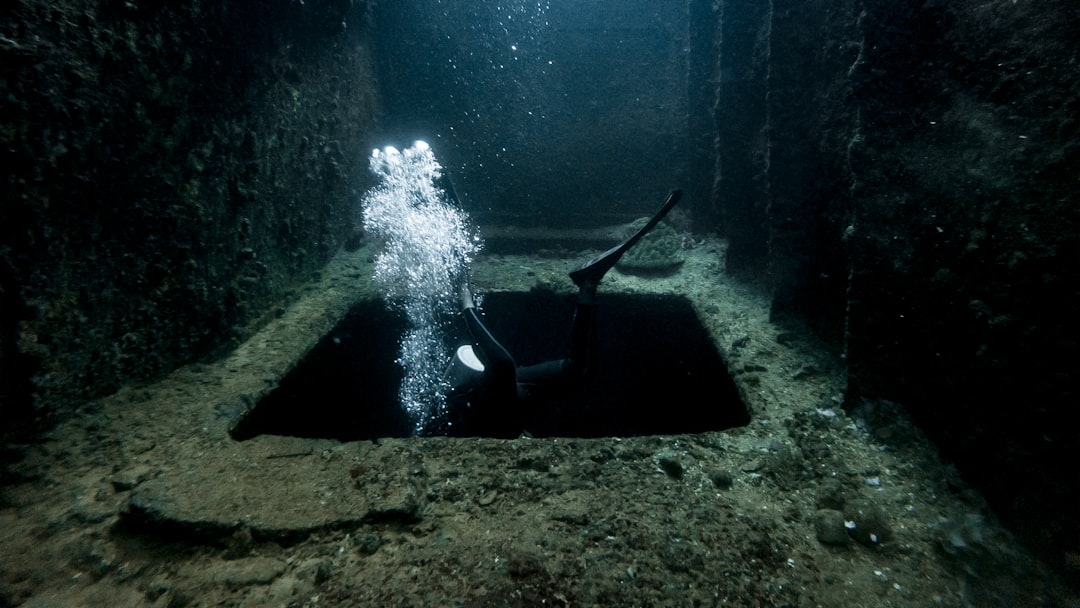
In addition to being atop Rawsonville, Belleville Lake is a popular recreational site for Michiganders who love being by the water. The lake is home to several lakeside parks in Wayne County, including Horizon Park, French Landing Park, Van Buren Park, and Doane’s Landing. Modern visitors can enjoy the lake’s beauty while knowing they’re literally floating above history.
There are glass-bottom boats in Munising and Alpena that go out. You can take a tour where you can see shipwrecks right beneath the bottom of the boat. For those who want to experience underwater history without getting wet, these tours offer incredible windows into Michigan’s submerged past. The technology has advanced dramatically, allowing clear views of structures that have rested underwater for decades or centuries.
The Legal Protection of Underwater Heritage
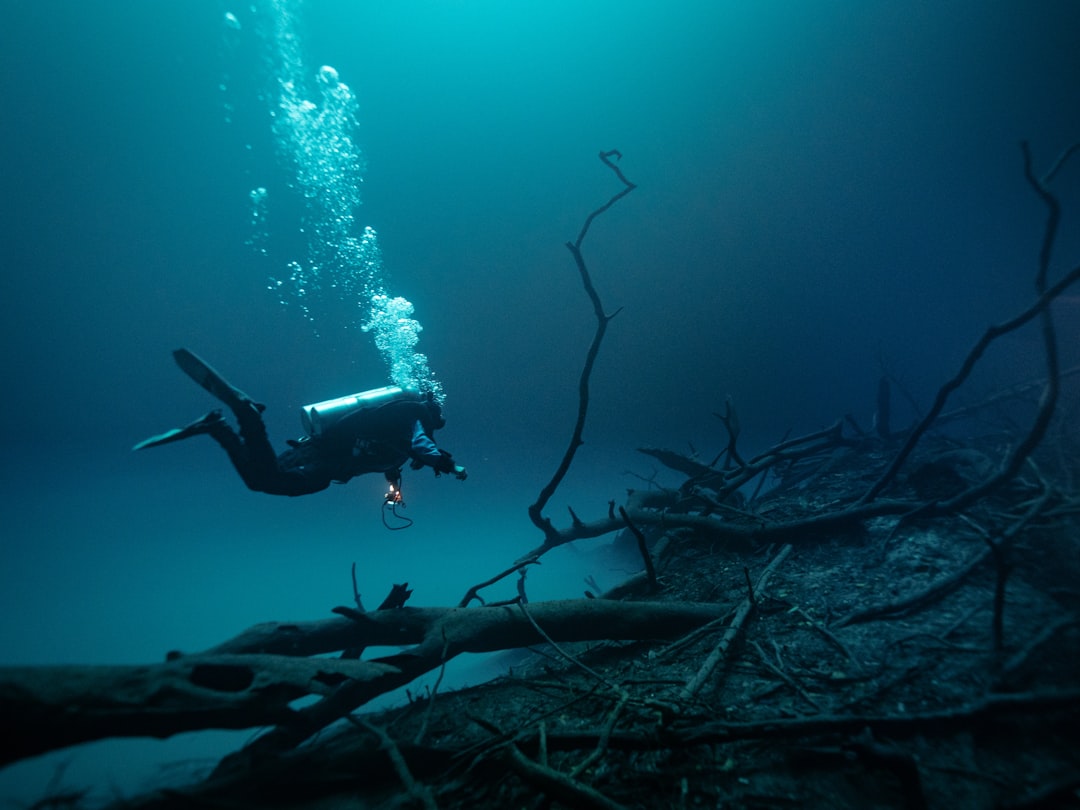
Each underwater preserve is protected by state law and monitored by local volunteers and law enforcement. Law enforcement does pay attention to what comes up on eBay, so that is one way that we know if someone is taking things off of the shipwrecks. Sometimes somebody else who is out on the water simply calls (the Department of Natural Resources at 800.292.7800), and anytime we get one of those calls, law enforcement does react because it is illegal to remove things from the shipwrecks in the preserves.
It is a felony to remove or disturb underwater artifacts in the Great Lakes. Persons apprehended and convicted of removing or willfully damaging underwater artifacts risk confiscation of their equipment (boats, cars, dive gear, etc.), stiff fines and up to two years imprisonment. These strict penalties ensure that future generations will be able to experience these underwater museums in their pristine state.
The Future of Underwater Exploration
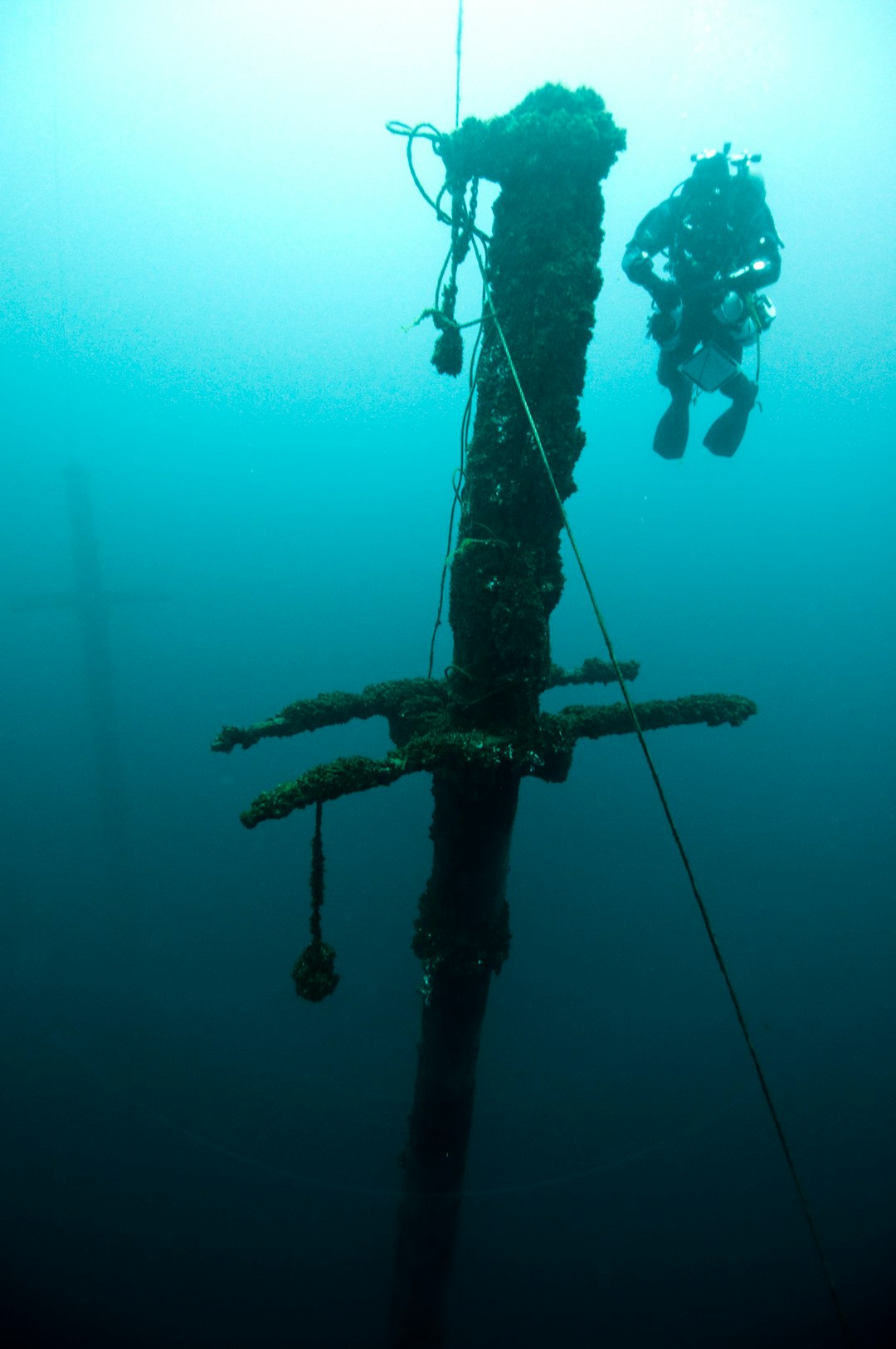
One of the things that I love about the preserves is that there’s always a possibility that you’ll find a new shipwreck, because we haven’t found all of them yet. Modern technology continues to reveal new discoveries. Also highlighted will be an upcoming project to utilize autonomous underwater vehicle technology to document sanctuary shipwrecks. The technology is similar to that used in then recent documentation of Ernest Shackleton’s Endurance in Antarctica.
Twenty-five years ago, the designation of Thunder Bay National Marine Sanctuary marked the beginning of a new chapter for Michigan’s Alpena region. What was once a hidden treasure beneath the Great Lakes has since become a thriving tourism destination, drawing visitors from around the world to explore its historic shipwrecks and stunning underwater landscapes. The economic impact has been substantial, transforming entire communities and creating new opportunities for heritage tourism.
Why These Underwater Stories Matter
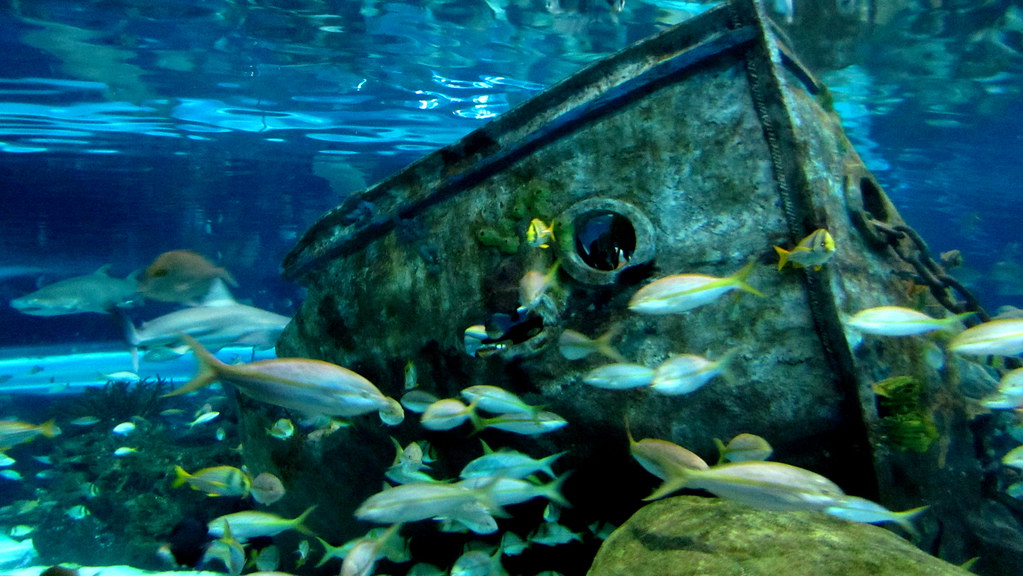
Michigan’s sunken ghost towns and shipwrecks represent more than just curiosities beneath the waves. They’re time capsules that preserve entire chapters of American history that would otherwise be lost forever. From Rawsonville’s transformation from a thriving industrial center to an underwater memory, to the thousands of ships that now rest on the lake floors, these sites tell the story of human ambition, technological change, and the power of nature.
The next time you’re driving across Michigan and see one of those historical markers, remember that some of the state’s most fascinating stories aren’t just buried in old books – they’re literally submerged beneath the waters, waiting for the next generation of explorers to discover them. Whether it’s a Civil War-era town under Belleville Lake or a 19th-century schooner perfectly preserved in Lake Huron’s depths, Michigan’s underwater heritage continues to surprise and captivate anyone curious enough to look beneath the surface.


